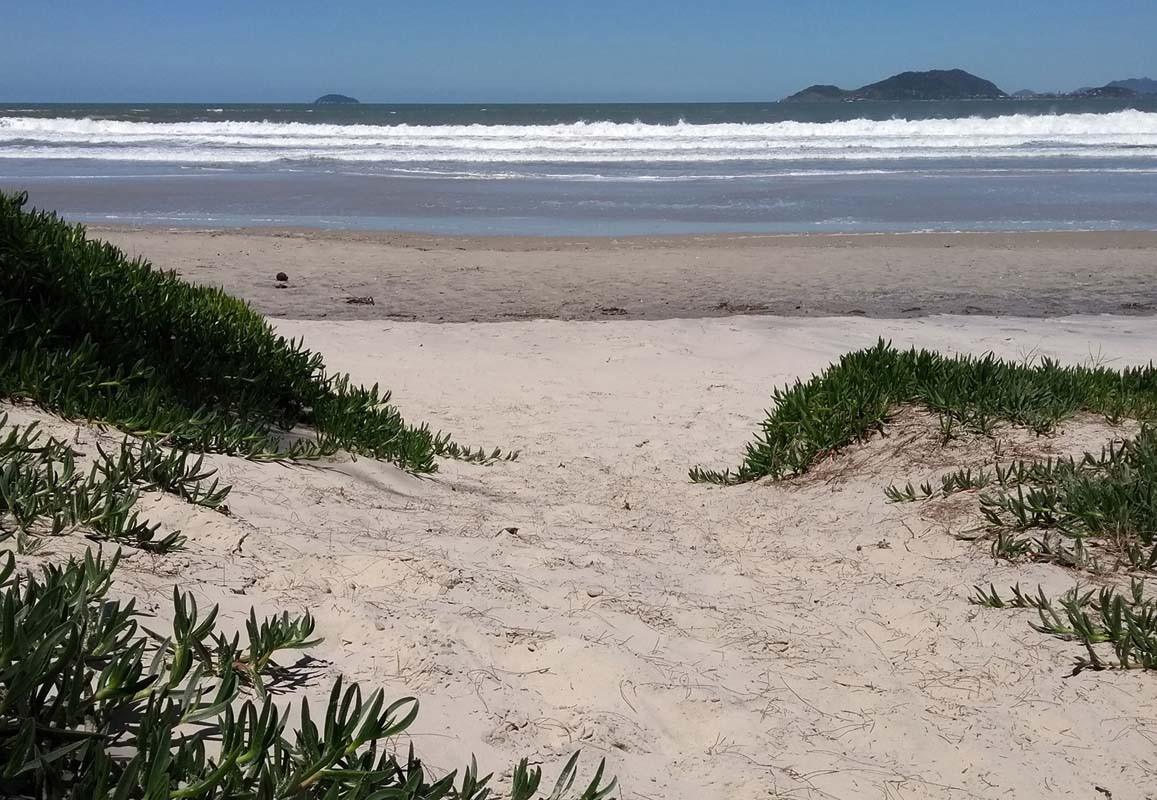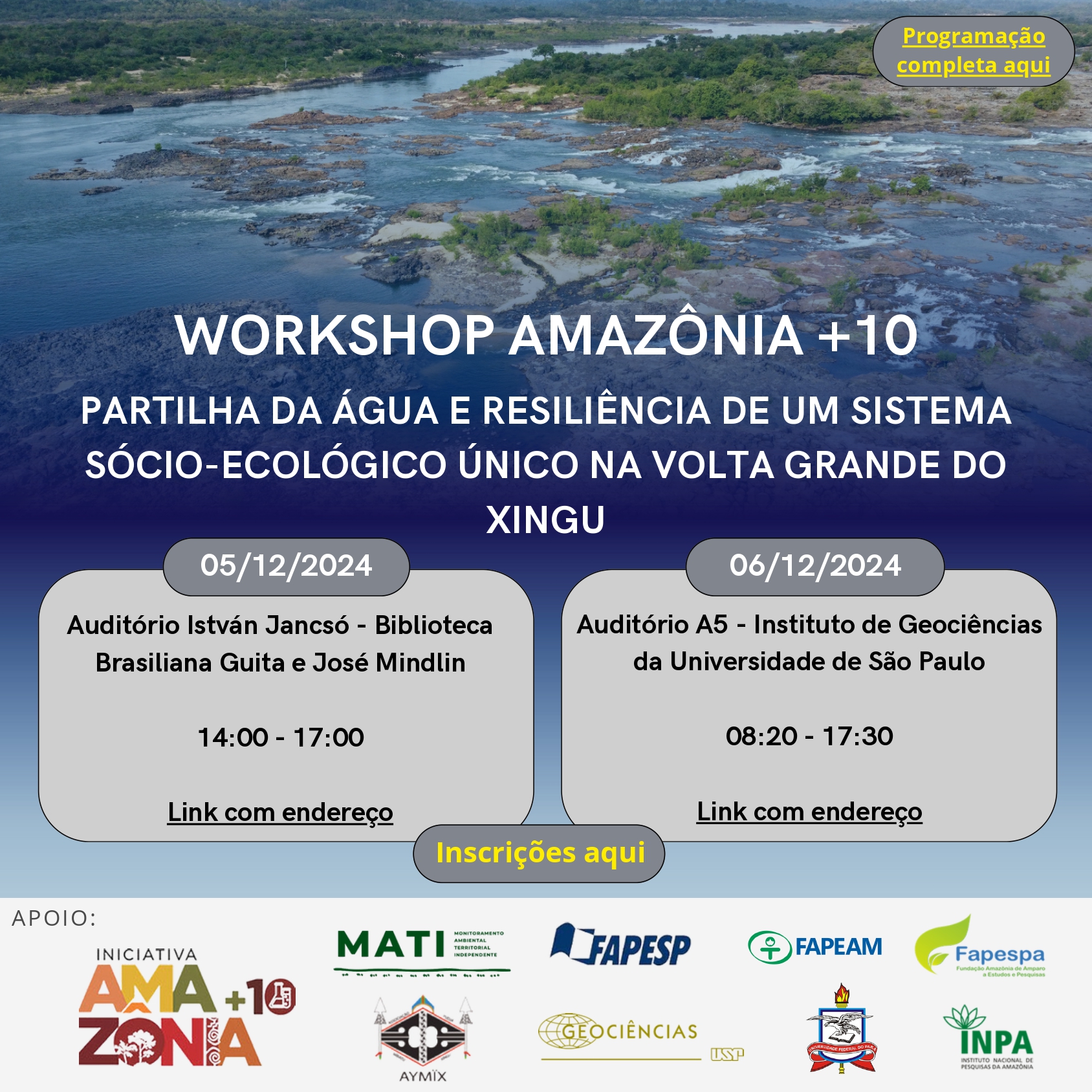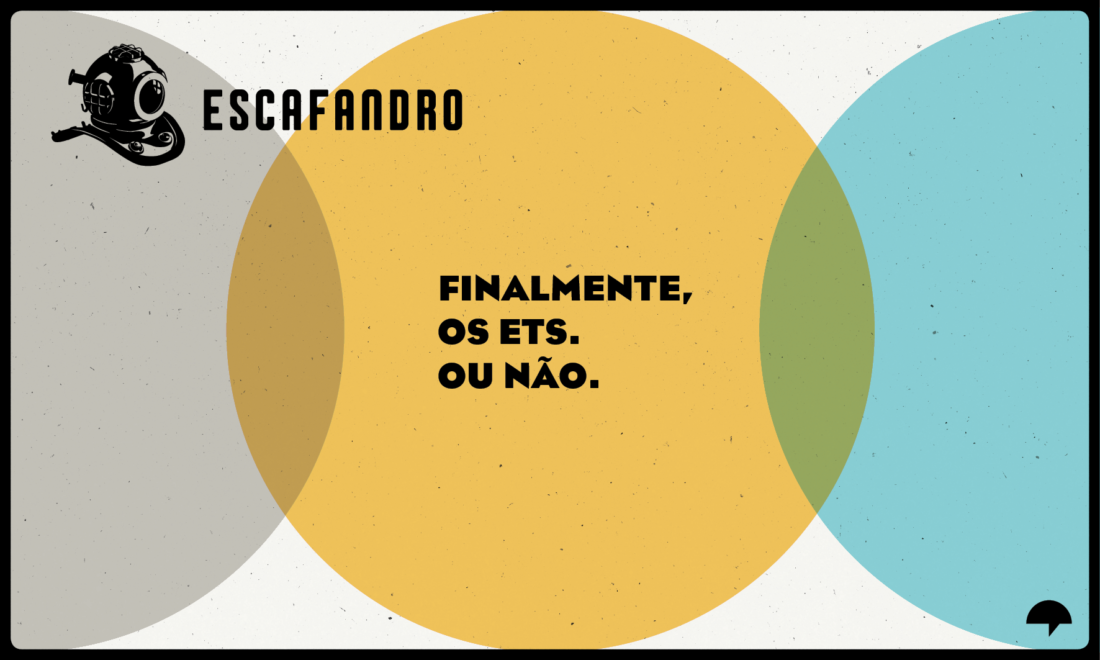Artigo sobre mudanças climáticas em áreas costeiras foi destaque pela revista Nature Reviews

Fernanda Rodrigues from the University of São Paulo, Brazil and colleagues characterized changes in coastal morphology along the Santa Catarina coastline in Brazil during the late Pleistocene and Holocene. A combination of remote sensing, ground penetrating radar, grain size analysis, and optically stimulated luminescence dating of aeolian deposits revealed that, since the Last Glacial Maximum ~22,000 years ago (when RSL was about ~125 m lower globally than today) and through the beginning of the Holocene, the study area was largely dominated by sand sheets (relatively flat areas of sand). Then, 5,000–6,000 years ago, a higher RSL (reaching an estimated 2.1 m above current sea level in this region), wetter climate and higher input of sediments from rivers to the coast disrupted the local equilibrium and promoted the development of sand dunes. Dunes continue to be deposited through to present day, following the coastline seaward, but their migration rates have slowed over the past 4,000 years, owing to decreased rainfall and lower fluvial discharge.
Leia a matéria completa em: https://www.nature.com/articles/s43017-020-0082-6
Acesse via VPN: https://doi.org/10.1016/j.geomorph.2020.107252




